ESA’s JUICE Mounts Onto Ariane 5 Ahead Of Launch [UPDATED]
6th Apr 2023![ESA’s JUICE Mounts Onto Ariane 5 Ahead Of Launch [UPDATED] ESA’s JUICE Mounts Onto Ariane 5 Ahead Of Launch [UPDATED]](https://orbitaltoday.com/wp-content/uploads/2023/02/ariane-5-juice-mission.png)
The European Space Agency is making final preparations before sending its Jupiter Icy Moons Explorer mission, JUICE, into outer space this month.
After arriving at the launch site this February by a Ukrainian Antonov Airlines An-124 cargo flight, the spacecraft was transferred to the final assembly building and has been mounted onto the Ariane 5 rocket over the past few days. On the 4th of April, ESA said that JUICE was put into the rocket’s fairing and will remain there until launch on the 13th.
The European Space Agency’s (ESA) Juice spacecraft, which will explore Jupiter and its three largest moons. The orbiter, known as The Jupiter Icy Moons Explorer, will soon begin its eight-year journey towards the grand gas planet.
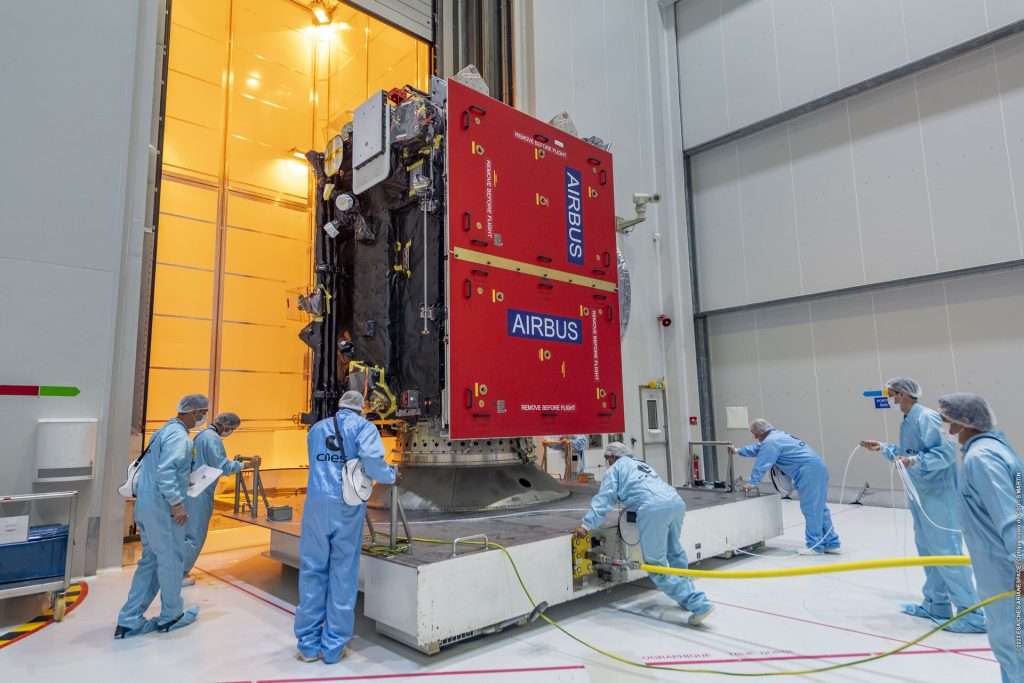
Juice prepared for launch
The spacecraft arrived at Félix Eboué airport in Cayenne on 8th February, carried by Ukraine’s Antonov Airlines An-124 cargo aircraft from Toulouse, France. Since the mission’s conception in May 2012, its main contractor, Airbus, has completed the spacecraft’s concept, design, testing, and construction.
ESA said the orbiter will now undergo final testing and inspection by engineers before it will be fuelled up and ready for launch.
The JUICE mission
JUICE will launch on an Ariane 5 rocket in mid-April to study Jupiter and its largest “ocean-bearing moons” – Ganymede, Europa, and Callisto. Using ten instruments on board, the mission will explore Jupiter’s environment, and how its moons “might harbor life”. ESA said:
“Scientists believe that Callisto, Europa and Ganymede hold vast quantities of water buried under their surfaces in volumes far greater than in Earth’s oceans. These planet-sized moons offer tantalising hints that conditions for life could exist beyond our home planet – perhaps on worlds orbiting giant planets instead of hot stars.”
According to the space agency, JUICE mission is a massive international effort. Over 2,000 people and 83 companies have worked on the mission, and NASA, the Japan Aerospace Exploration Agency, and the Israel Space Agency have also supplied critical hardware to ESA for the spacecraft.
The voyage to Jupiter will be tricky, as Juice will have to navigate beyond the asteroid belt and complete several gravity-assist flybys to maintain speed and reach the planet. The spacecraft will hopefully arrive at Jupiter in 2031 and will complete another 35 flybys of the planet’s moons. ESA says the mission will conclude with an extended study of Ganymede (the largest moon in the Solar System), and by 2034, it will become the first spacecraft to orbit a moon other than Earth’s.
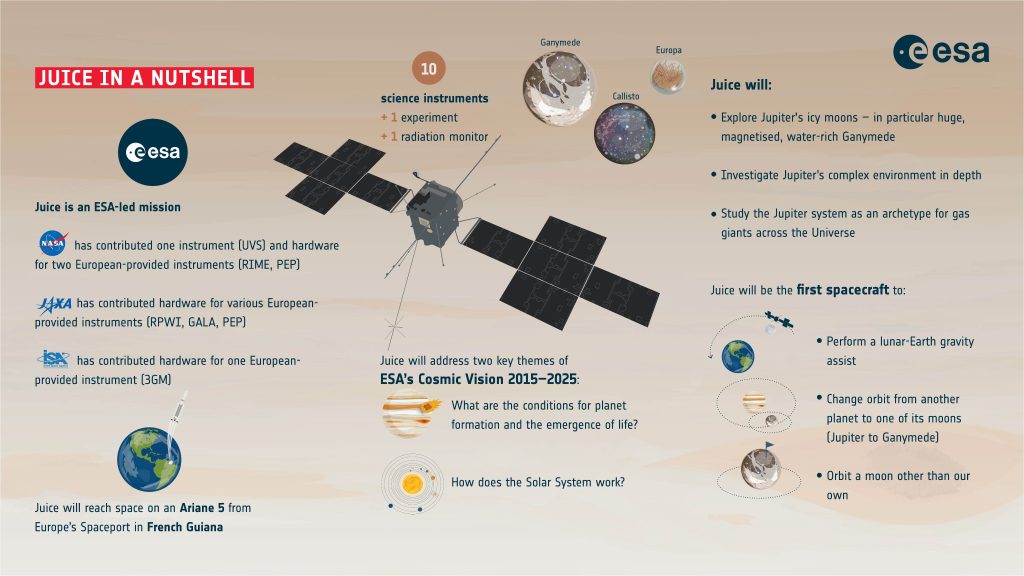
Jupiter’s moons
Jupiter is an interesting planet to study for several reasons: It is the largest planet in our Solar System, and it has recently surpassed Saturn for hosting the most moons. In 2019, scientists found 20 additional moons orbiting Saturn (a total of 83 known), but in January 2023, 12 more moons were discovered around Jupiter, now bringing the total up to 92. Jupiter’s sheer size means that it has a massive gravitational pull that tugs on moons like Ganymede, Callisto, and Europa. Another moon, Io, is also part of Jupiter’s largest moons but isn’t included in the study as it is volcanically active, not icy.
Updated on 6th April.

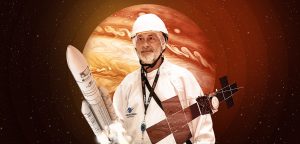
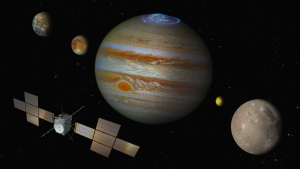

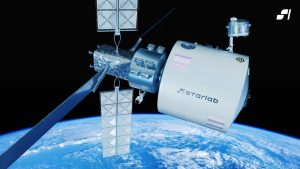


Thank you for your comment! It will be visible on the site after moderation.